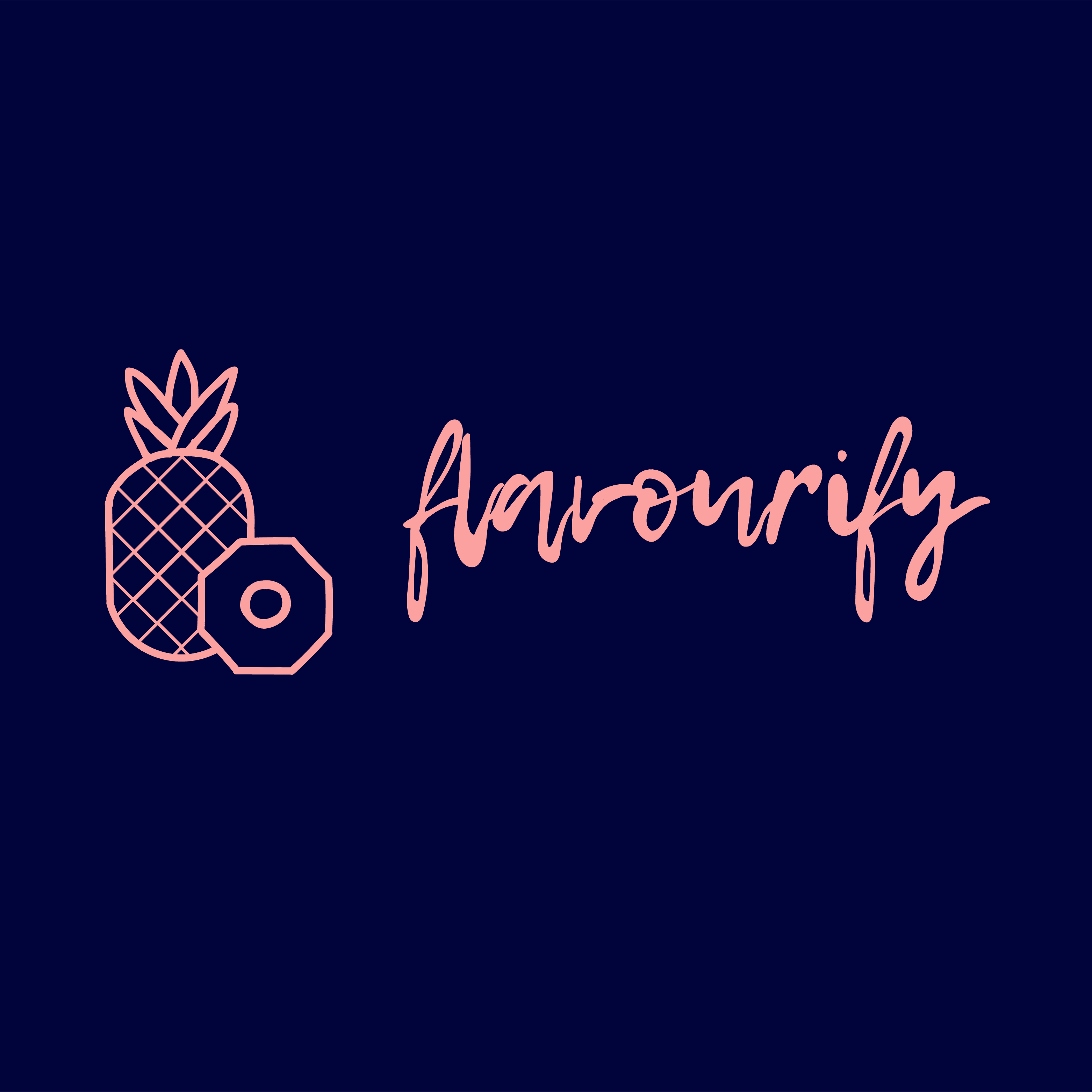This simple yet delicious 2 ingredient fresh pasta recipe allows you to create homemade pasta with minimal effort and basic ingredients. With just flour and eggs, you can make a batch of tender and flavorful pasta dough that can be used in various pasta dishes.

What Is Fresh Pasta
Fresh pasta refers to pasta made from scratch using simple ingredients such as flour and eggs, without any drying or curing process. It is a culinary delight that captures the essence of traditional Italian cuisine. The dough is carefully prepared by combining flour and eggs, resulting in a smooth and elastic texture that yields tender, silky strands of pasta when cooked. Whether it’s used in classic dishes like spaghetti with marinara sauce or served with innovative and creative toppings, fresh pasta elevates any meal with its artisanal quality and the unmistakable taste of homemade goodness. Its versatility and ability to absorb flavours lends itself to endless cooking possibilities.
Making Fresh Pasta Without A Pasta Rolling Machine
I’m not going to lie, I DO NOT OWN A PASTA ROLLING MACHINE so I had no choice but to go rustic and old school with this recipe; however, if you do consider yourself lucky and ahead of the game because this recipe requires some strength, patience and sweat.
Rolling out fresh pasta with just a rolling pin is like giving your biceps a workout while creating edible art. So, grab that rolling pin and channel your inner pasta Picasso, because who needs a machine when you’ve got the power of your own hands and a little pasta-enthusiasm?

2 Ingredients Needed To Make Your Fresh Pasta
- All-Purpose Flour
- Eggs
The simplicity of using eggs and flour to make fresh pasta lies in the beauty of basic ingredients coming together to create a culinary masterpiece. Eggs and flour are common staples found in most kitchens, making it accessible for anyone to embark on the journey of pasta-making without needing specialized ingredients or equipment.
All-purpose flour and 00 flour are two common types of flour used in cooking and baking, and they differ in their composition, texture, and recommended uses. 00 flour, often labeled as “doppio zero” or “tipo 00,” is a finely ground flour popularly used in Italian cuisine, particularly for making pasta, pizza dough, and delicate pastries. While 00 flour is commonly used for making fresh pasta in Italian cuisine, it is perfectly acceptable to use all-purpose flour as an alternative. While there are some differences between the two flours, using all-purpose flour can still yield delicious homemade pasta with great results.

How To Make 2 Ingredient Fresh Pasta
Making fresh pasta from scratch is a rewarding experience that allows you to create delicious pasta right in your own kitchen. Here’s a step-by-step guide and photos to demonstrate how to make fresh pasta.

- Create a clean work surface and place the flour in a mound in the center. You can also use a large mixing bowl if you prefer.
- Make a well or indentation in the center of the flour mound. This will be where you’ll add the eggs.
- Crack the eggs into the well.
- Using a fork, gently beat the eggs and gradually incorporate the flour from the edges of the well. Keep mixing until the dough starts to come together.
- Once the dough starts to form, use your hands to knead it. Gather any remaining flour and knead it into the dough until it becomes smooth and elastic. This process may take about 5-10 minutes of kneading.
- If the dough feels sticky, add a little flour; if it’s too dry, moisten your hands or add a teaspoon of water. The dough should be soft and pliable but not overly sticky.
- Once the dough is smooth, shape it into a ball and wrap it in plastic wrap or cover it with a clean kitchen towel. Let it rest at room temperature for about 30 minutes. This resting period allows the gluten to relax and makes the dough easier to roll out.
- After resting, unwrap the dough and divide it into smaller portions for easier handling.
- Take one portion of the dough and using a rolling pin or a pasta machine, roll out the dough into a thin sheet. Start from the center and roll towards the edges, rotating and flipping the dough as needed. Dust with flour as necessary to prevent sticking.
- Continue rolling the dough until it reaches the desired thickness.
- Once the dough is rolled out, you can cut it into desired pasta shapes. For long pasta, such as spaghetti or tagliatelle, you can fold the sides in towards the centre and cut thin strips. Alternatively, use a pasta cutter or a sharp knife to cut the dough into desired shapes like squares for ravioli or circles for tortellini.
- As you cut the pasta, dust it lightly with flour and gently toss it to prevent sticking. To dry, you can hang the pasta strands on a drying rack, lay them flat or into nests on a baking sheet dusted with flour until ready to cook.
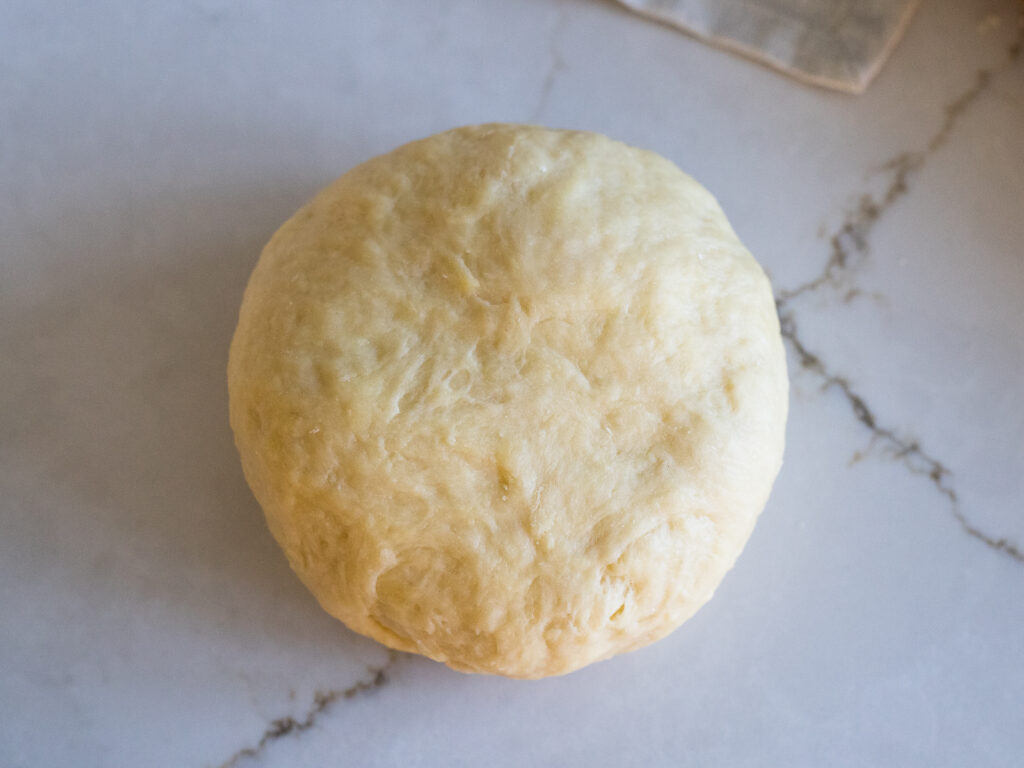
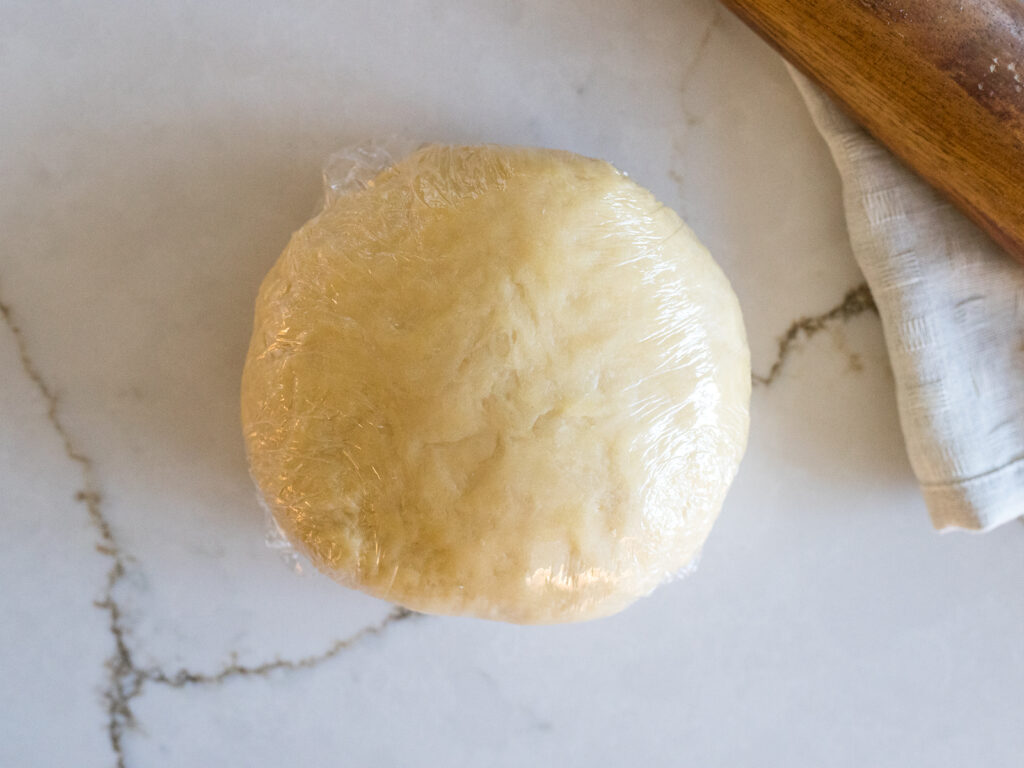
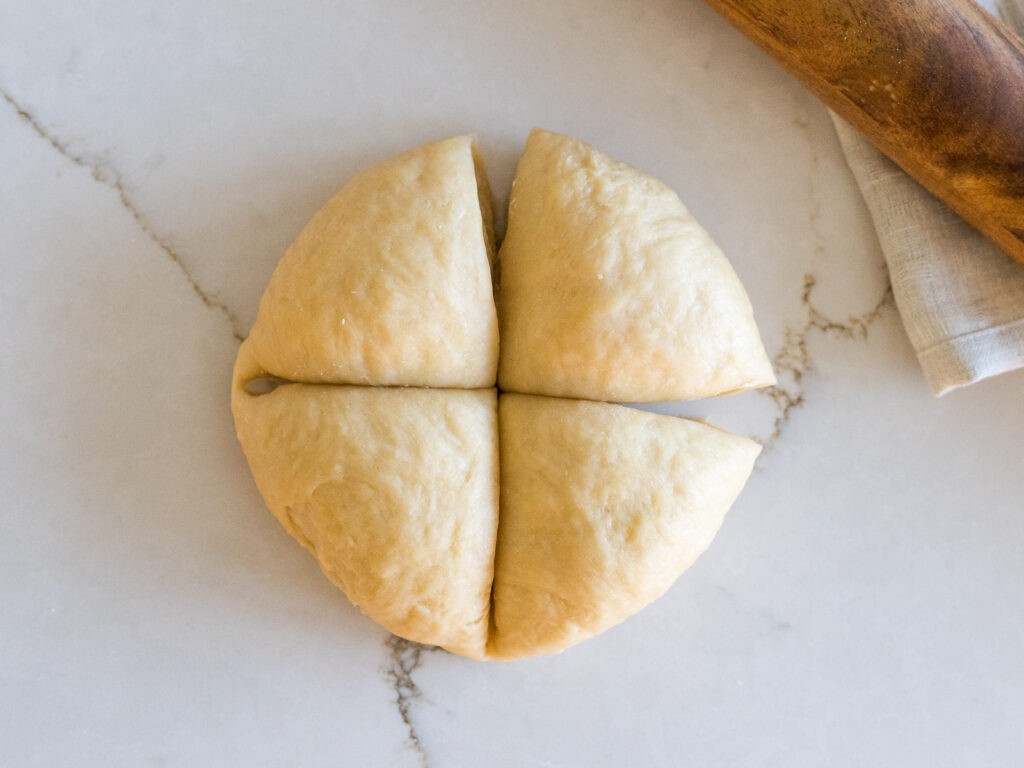
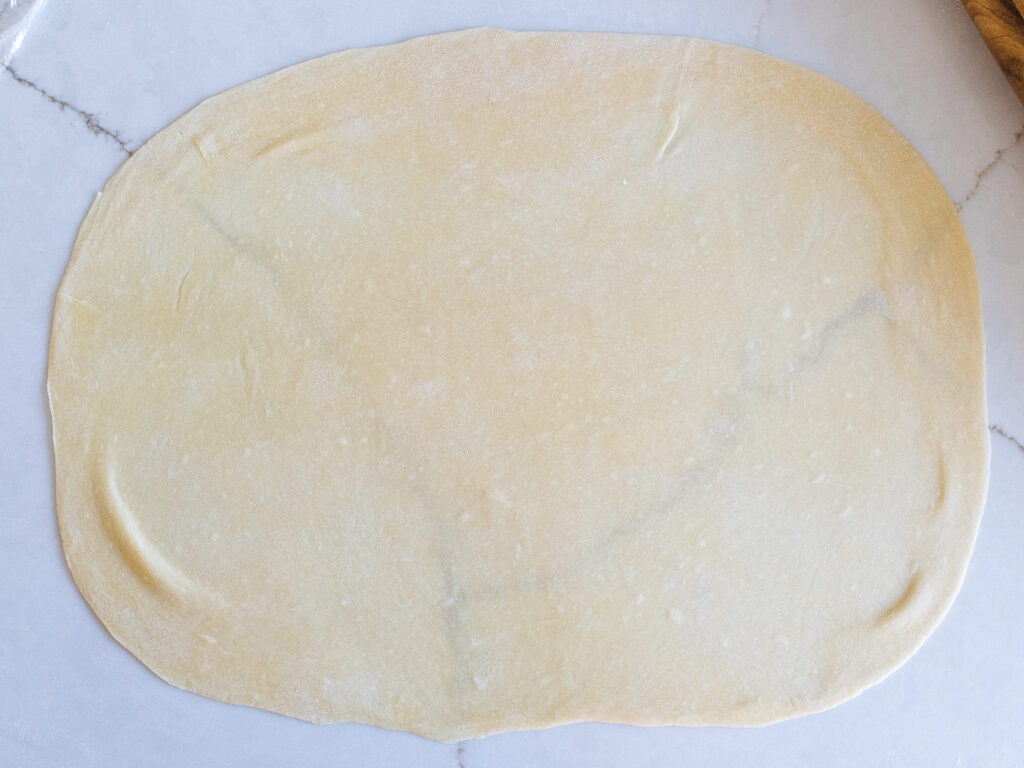
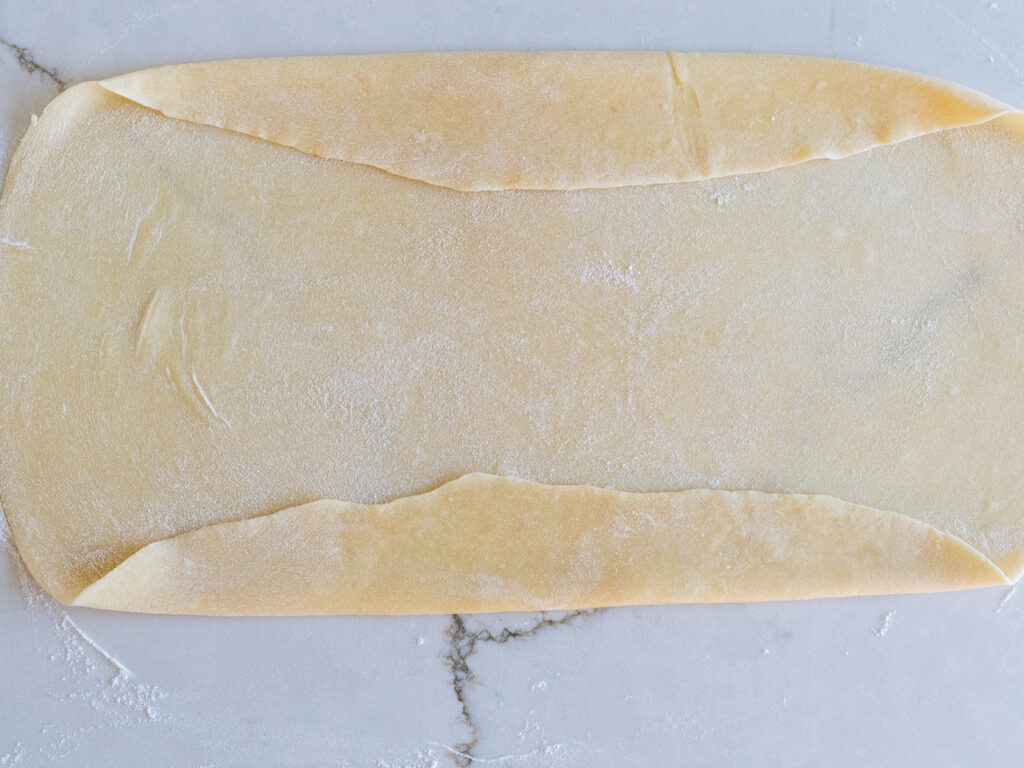
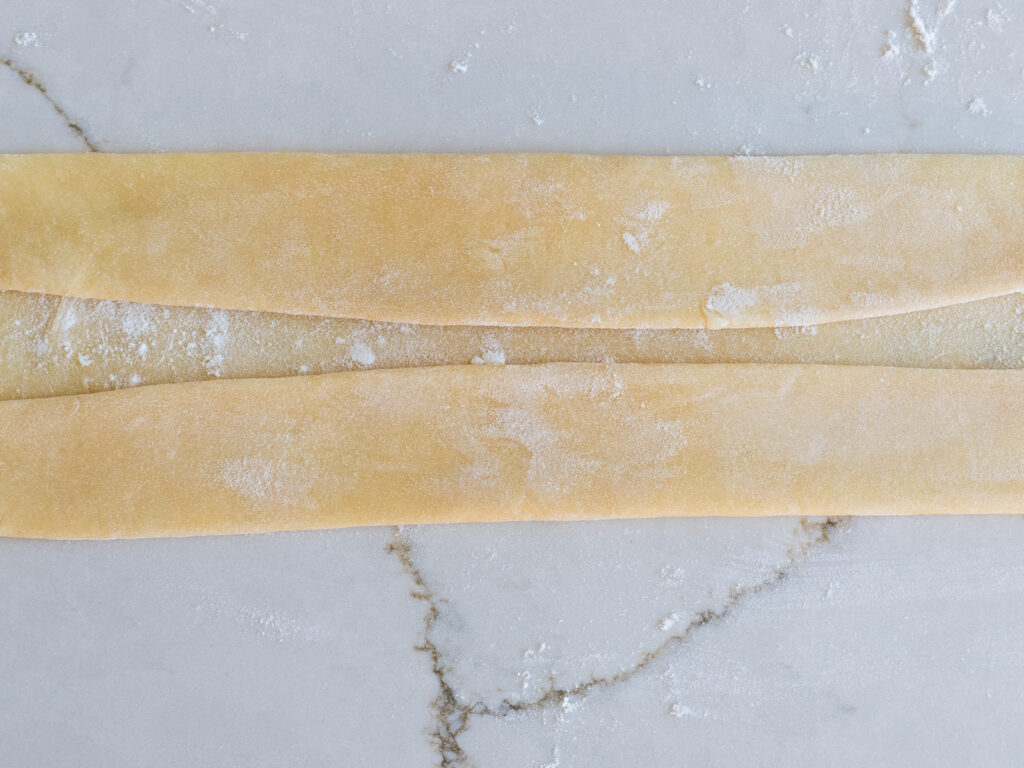
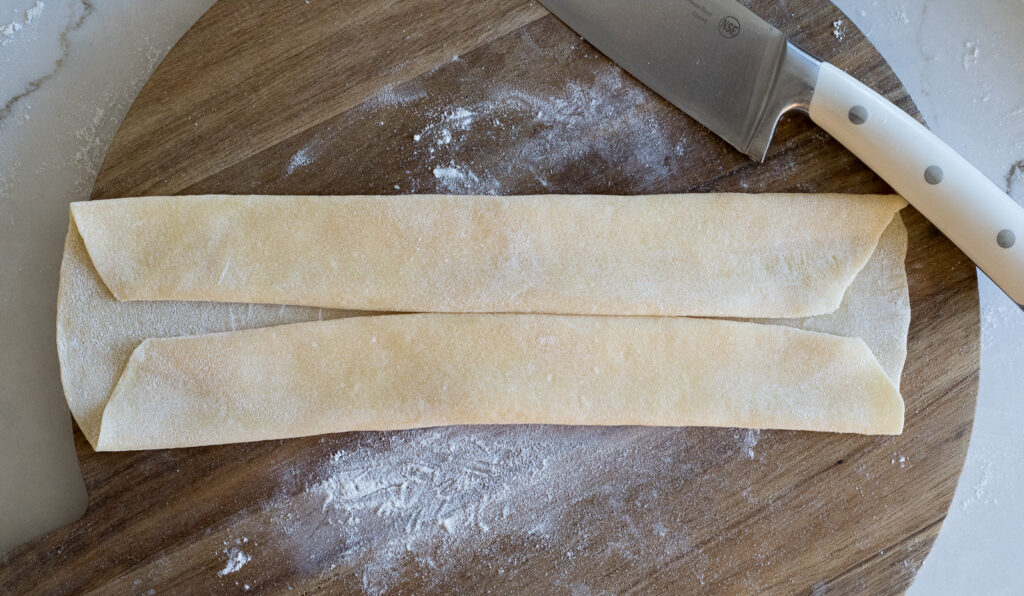
Making fresh pasta requires practice and patience, but the result is a delicious and satisfying dish that will impress your family and friends. So roll up your sleeves, enjoy the process, and savor the taste of homemade pasta goodness!
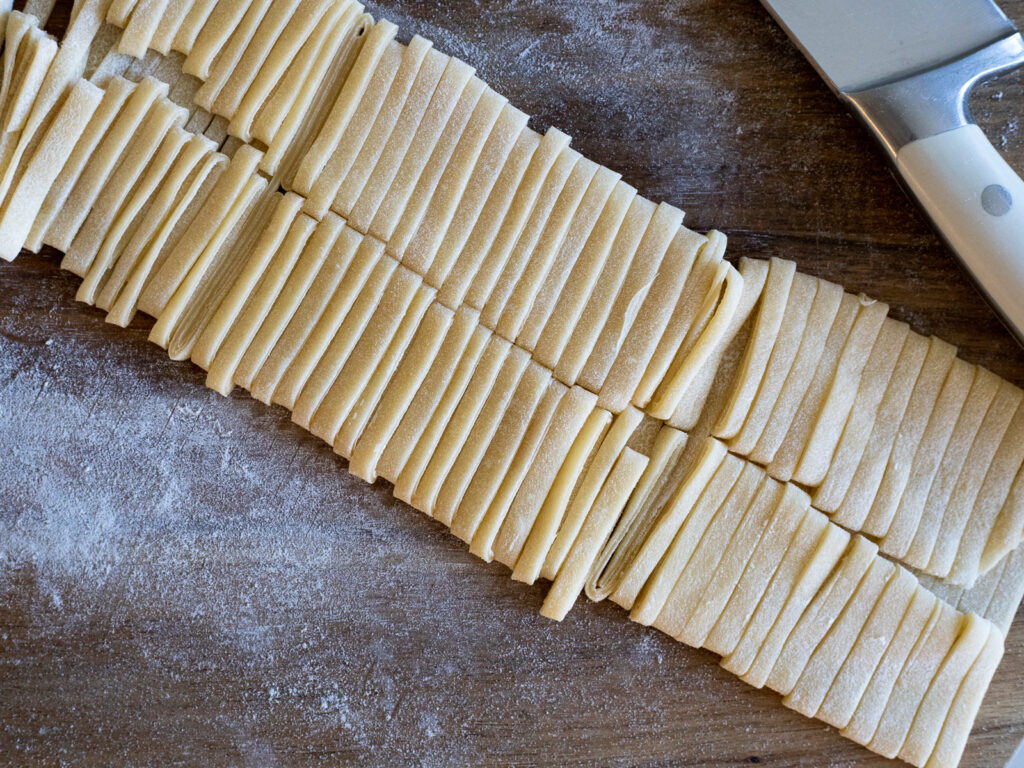
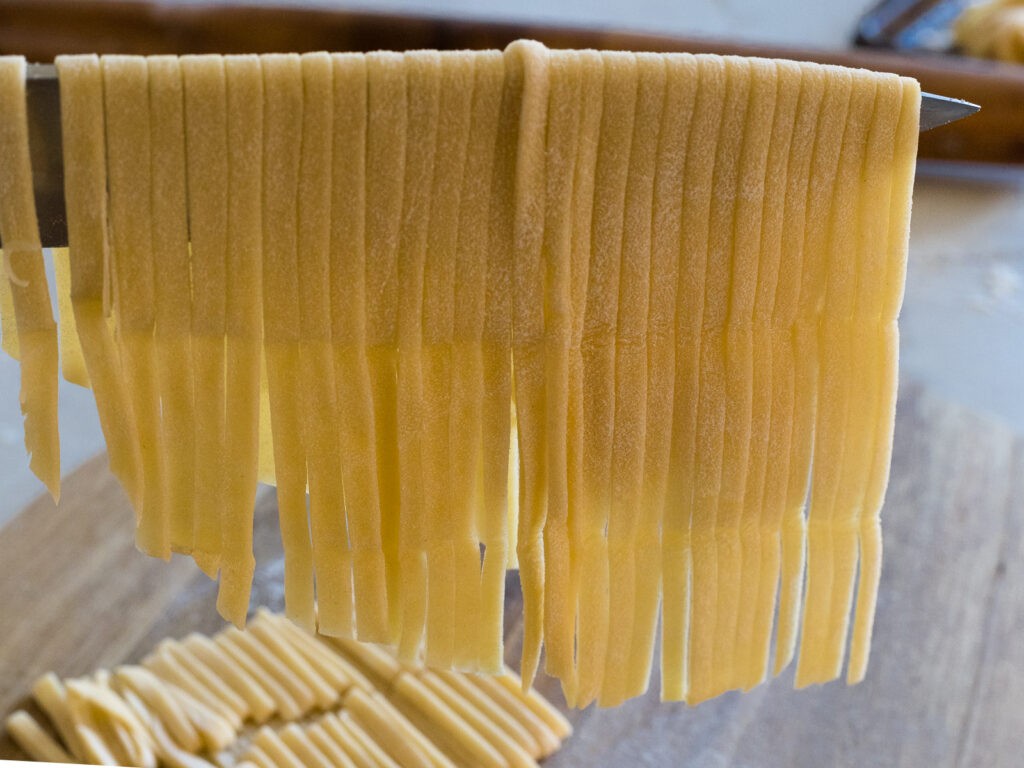
Reasons Not To Add Salt To Your Fresh Pasta
Traditionally, it is recommended not to add salt to the fresh pasta dough itself, but rather to the pasta cooking water. Here are a few reasons why this practice is commonly followed:
- Dough Texture – Salt can affect the texture of the pasta dough. When salt is added to the dough, it can strengthen the gluten structure, making the dough firmer and potentially resulting in a tougher final texture.
- Control Over Saltiness – By not adding salt to the dough, you have more control over the overall saltiness of the final dish. Pasta dough is often used in a variety of recipes, some of which may already have salt in the sauce or accompanying ingredients. By reserving the salt for the pasta water, you can adjust the seasoning level of the dish as a whole.
- Boiling Salted Water – Adding salt directly to the boiling water for cooking the pasta is a common practice. Additionally, the salted water helps season the pasta itself, ensuring that each bite has a well-rounded and flavourful taste.
- Sauce and Toppings – Salt in the pasta water is also useful when it comes to seasoning the sauce or toppings that will accompany the pasta. The starchy pasta water, seasoned with salt, can be used to adjust the consistency and flavour of the sauce, helping it cling better to the pasta.
While it is generally recommended to avoid adding salt directly to the fresh pasta dough, there may be variations in recipes and personal preferences. Some cooks do choose to add a small amount of salt to the dough for flavour. Ultimately, the decision lies in your hands, and you can experiment to find the balance that suits your taste preferences and the specific dish you are preparing.

How To Store Fresh Pasta
To store fresh pasta and keep it in optimal condition for later use, follow these steps:
Refrigerating Fresh Pasta: Once the pasta has dried slightly, dust pasta lightly with flour or semolina (to prevent sticking) and transfer to an airtight container or resealable plastic bag. Place the container or bag in the refrigerator and refrigerate for up to 2-3 days.
Freezing Fresh Pasta: If you want to store fresh pasta for a longer period of time, freezing is the best option and is the one I opt for most often. Once the pasta has dried slightly in either single strands or nests, dust pasta lightly with flour or semolina (to prevent sticking) and transfer to a freezer-safe airtight container or resealable plastic bag. Place the container or bag in the freezer. Fresh pasta can generally be frozen for up to 2-3 months. When you’re ready to cook the fresh pasta, there’s no need to thaw it in advance, it can be transferred straight from the bag or container into the boiling water. Frozen pasta may require a few extra minutes of cooking time compared to refrigerated pasta.
Recommended Products
This post contains some affiliate links, which means that I make a small commission off items you purchase at no additional cost to you.
You May Also Like

Let’s Make Some Fresh Pasta!
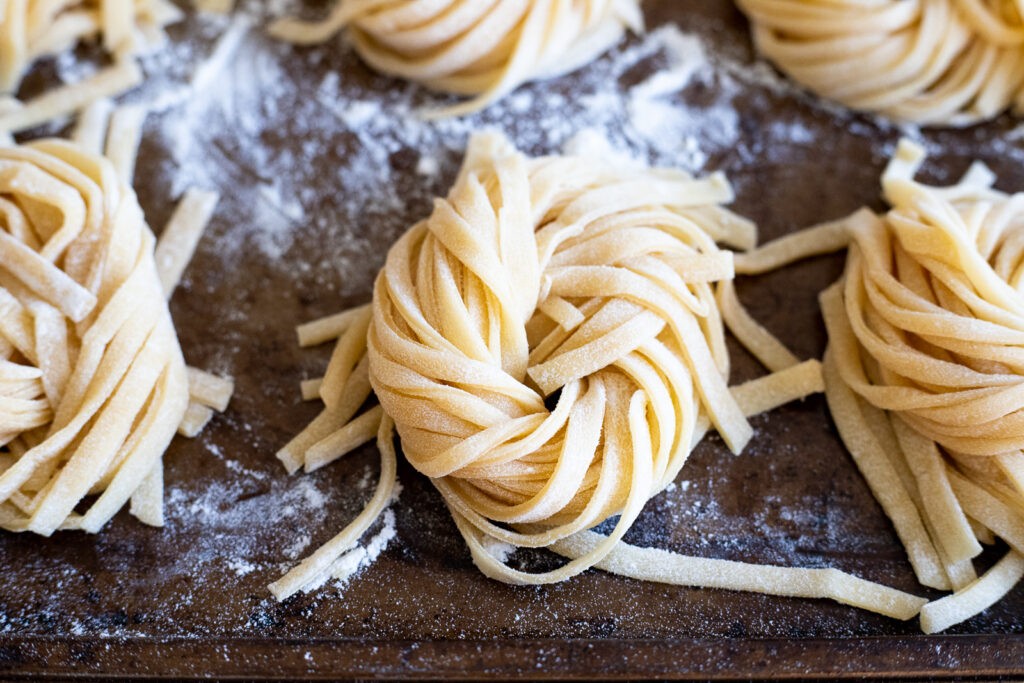
2 Ingredient Fresh Pasta
Description
This simple yet delicious 2 ingredient fresh pasta recipe allows you to create homemade pasta with minimal effort and basic ingredients. With just flour and eggs, you can make a batch of tender and flavorful pasta dough that can be used in various pasta dishes.


